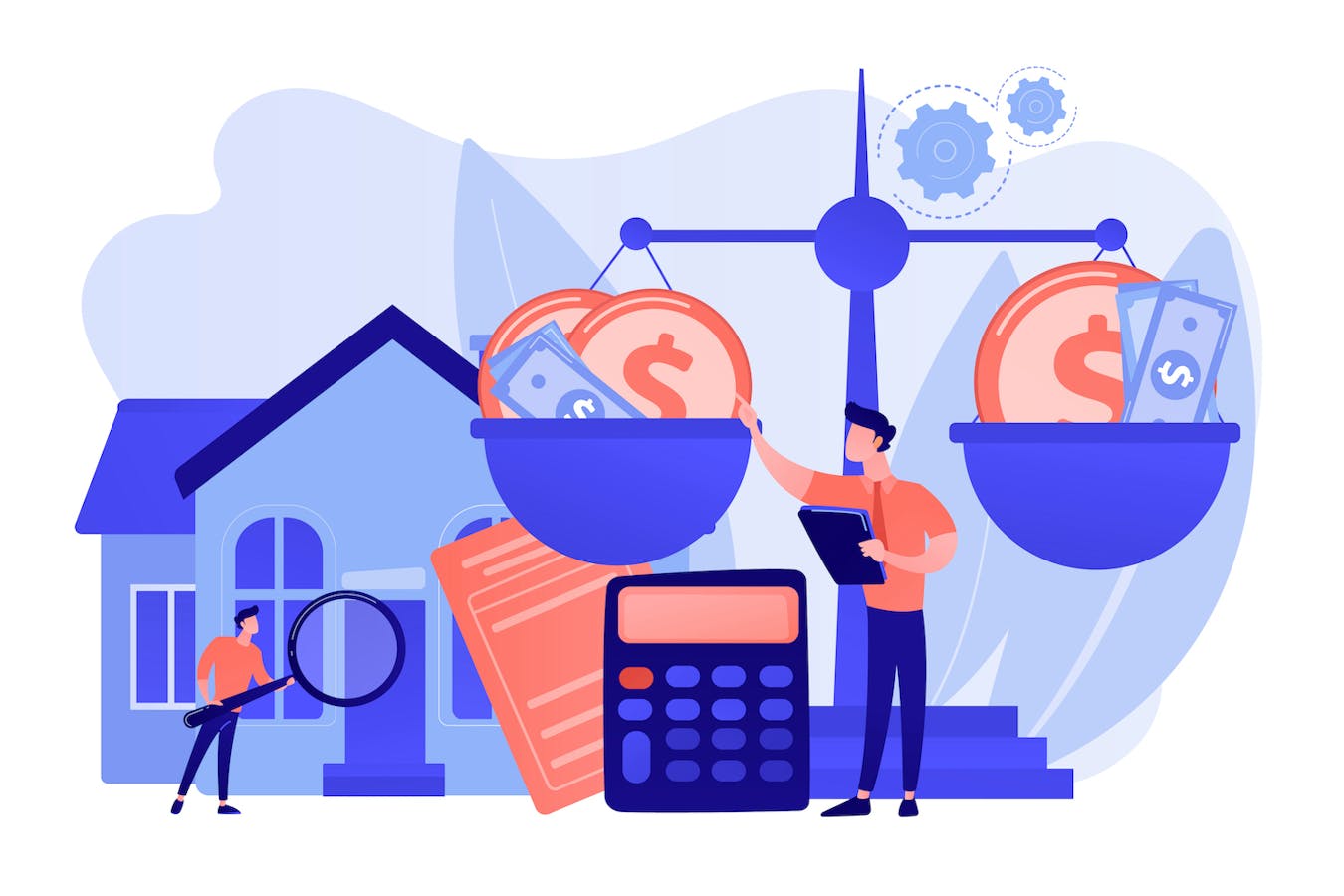Mini-guide to dynamic pricing: what is it, and what are its advantages over the fixed price list?
What are dynamic prices? What are they used for? What are their advantages? Does it still make sense to use the fixed price list in an accommodation? Find answers to these questions here.

In this article we walk you through what dynamic prices are, what their benefits are, and when it may still make sense to use a fixed price list.
Among the activities that make up revenue management, and that allow you to maximize your accommodation's revenues, the most important is indeed price management.
With the advent of the Internet, revenue management has shifted from using a fixed price list featuring static prices to dynamic pricing.
Since many hoteliers and property managers still charge static rates without knowing about the existence of dynamic pricing, there is good reason to provide clarity.
What are dynamic prices?
Dynamic prices are prices which can change over time for a given date.
Applying dynamic pricing means, simply put, selling a certain room for a specific date at different prices.
With static list pricing, different prices were already being charged for different seasons.
With dynamic pricing you have the ability to change rates not only according to seasonality, but also according to occupancy, demand, weather, booking window, etc.
What are the benefits of dynamic pricing?
To increase your revenue, you need to predict trends in tourism demand and apply your pricing strategies accordingly.
The more flexible your rates are, the more you will be able to adapt to market conditions and thus optimize your facility's revenue.
Having only one price valid for the entire year would neither allow you to maximize occupancy during off-season, nor the average price (and thus your profits) during high season.
That's why hotels adopted the list system with rates based on the different seasons, but it still wasn't enough.
People realized that they could become even more flexible with variable pricing day by day, booking window by booking window.
Specifically, dynamic pricing serves you in 3 ways.
1 - Optimize revenue with different rates
Your forecast might lead you to apply different rates to different booking windows for a specific date.
For example, you may apply a low rate at first, which allows you to increase occupancy, and a higher rate last minute, which improves the average selling price.
If some of these expressions are unfamiliar to you, you can always consult our revenue management glossary.
2 - Compensate for overestimated demand
Your demand forecast may not turn out as you imagined, both because we as humans make mistakes and because the market changes in ways that are difficult to predict.
If demand for a certain period is lower than you anticipated, dynamic pricing allows you to lower your rates and compensate for the drop without excessive economic loss.
With static pricing, this would not be possible.
3 - Compensate for an underestimated demand
Alternatively to the previous point, you can use dynamic pricing and raise rates if market demand is higher than you had projected.
One of the biggest advantages of dynamic pricing is the ability to intercept unexpected spikes in demand and maximize revenue during those days.
Does it still make sense to use fixed price lists for your room rates?
There is still a sizeable market that operates offline or has internal rules that dictate the use of seasonal fixed price lists.
This includes, for example, some tour operators and many companies that arrange a significant amount of travel for their employees.
Tour operators who sell offline through travel agencies and print their catalogs must necessarily have fixed prices to offer products to their customers.
Similarly, many large companies prefer to have fixed rates in order to more easily plan and budget their staff's travel expenses.
If a company's travel manager knows that they need to plan 500 stays per year, it will be much easier for them to calculate an expense forecast knowing that the room cost is 100€/day rather than having to estimate a potential cost based on the time of year and the booking window for each stay.
In these cases, it is therefore necessary to propose a price list with fixed prices, although there are fewer and fewer tour operators and companies operating in this way.
Can the fixed price list and dynamic prices be used together?
Of course. Each facility should have its own distribution strategy that determines a range of partners through which to sell rooms.
In this mix there can be direct channels, online channels such as OTAs, tour operators, wholesalers, travel agents, contracted companies, etc.
Each of them operate with their own rules, so in order to maximize your revenue you may decide to adopt different sales strategies, including both fixed price lists and dynamic rates.
Keep in mind, however, that it is always best for a hospitality establishment to remain flexible and ready to react to sudden changes in the market.
The more dynamic you can make your prices, the better.
If you want to apply dynamic pricing easily without disrupting your work (and instead, make it easier), try Smartpricing!
Smartpricing is a dynamic pricing and revenue management software that uses artificial intelligence to help you find the best price for your accommodation.
Talk to one of our consultants for free and without obligation to find out how Smartpricing can support you.
